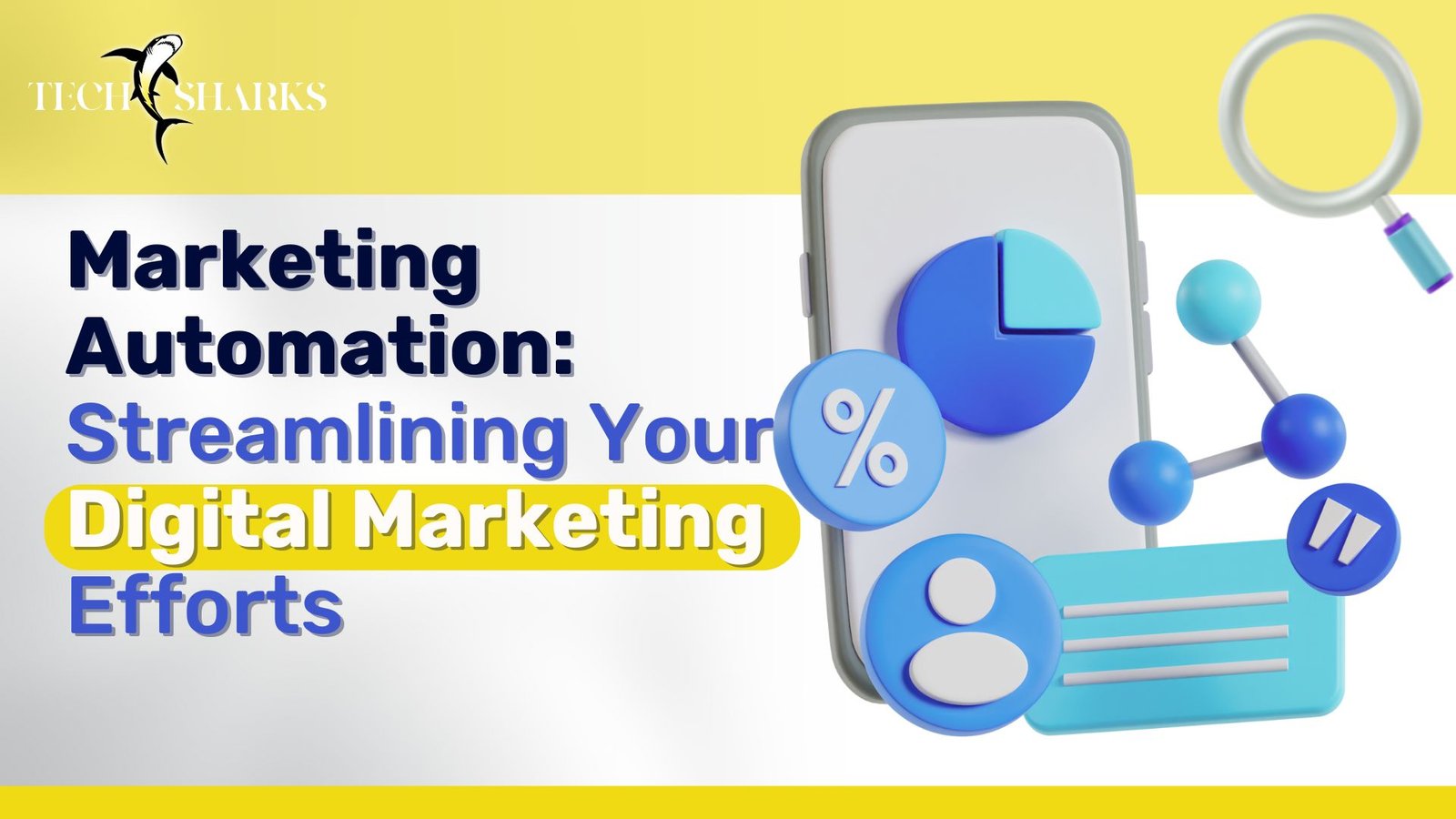In the fast-paced world of digital marketing, data can either empower or overwhelm. Without real-time insights, marketers are left guessing whether their campaigns are working. That’s why having a real-time marketing dashboard is no longer a luxury—it’s a necessity.
A real-time dashboard gives you a bird’s-eye view of your marketing performance, helps you make informed decisions, and most importantly, shows how your strategies are impacting revenue. In this blog, we’ll walk you through how to set one up from scratch and which KPIs to track so you can monitor ROI with confidence.
What Is a Real-Time Marketing Dashboard?
A real-time marketing dashboard is a visual display of the most important marketing metrics, updated automatically and continuously. Instead of checking multiple tools or waiting for end-of-week reports, you get instant insights across:
- Paid campaigns
- Website performance
- Social media engagement
- Email marketing stats
- Lead conversions
- ROI breakdowns
It allows marketers and decision-makers to respond quickly, optimize faster, and stay aligned with business goals.
Why You Need a Real-Time Dashboard for ROI Tracking
Tracking ROI (Return on Investment) is the cornerstone of any successful marketing effort. Without it, you can’t tell what’s working, what needs to be improved, or where your money is being wasted.
A real-time marketing dashboard enables you to:
- Identify underperforming channels immediately
- Make adjustments to live campaigns without delay
- Justify marketing spend to leadership with live data
- Stay agile in a competitive environment
In 2025, speed and precision are key—waiting for monthly analytics reports just doesn’t cut it anymore.
Step-by-Step: Setting Up Your Real-Time Marketing Dashboard
Let’s break down how to build a dashboard that not only looks good but also delivers actionable insights.
1. Define Your Goals and KPIs
Start by identifying what success looks like for your business. Is it leads? Website traffic? Sales? Choose KPIs that align with those goals. For ROI tracking, prioritize:
- Cost per acquisition (CPA)
- Conversion rate
- Customer lifetime value (CLTV)
- Return on ad spend (ROAS)
- Revenue generated per channel
- Lead-to-customer ratio
Your dashboard should clearly link activities to outcomes.
2. Choose the Right Tools
There are several tools that allow for integration and real-time data updates. Popular choices include:
- Google Data Studio (now Looker Studio)
- HubSpot Dashboard
- Tableau
- Power BI
- Klipfolio
- Datorama (Salesforce)
Pick a platform that integrates with your existing martech stack and offers customization, automation, and easy sharing.
3. Connect Your Data Sources
Your dashboard should pull from all the platforms you use. Common integrations include:
- Google Analytics 4 (for web performance)
- Facebook/Meta Ads, Google Ads (for paid media)
- HubSpot or Salesforce (for CRM/lead data)
- Shopify or WooCommerce (for eCommerce performance)
- Email marketing tools like Mailchimp or Klaviyo
APIs or native connectors make it easy to sync this data and ensure it’s up to date in real time.
4. Design with Clarity and Hierarchy
Don’t overwhelm your dashboard with too much information. Prioritize high-impact metrics at the top. Use charts, heatmaps, funnels, and trend lines for easy visual consumption.
Group your insights logically:
- Overview KPIs
- Channel performance
- Funnel stages (Awareness → Consideration → Conversion)
- Campaign-specific performance
- ROI snapshot
Make sure it’s scannable at a glance—even for non-marketing stakeholders.
5. Automate and Alert
Use alerts to flag anomalies—like a sudden drop in traffic or an ad campaign exceeding its budget. Some platforms offer AI-based forecasting and anomaly detection, which can make your dashboard even smarter.
How Real-Time Dashboards Improve ROI Decision-Making
Once set up, a real-time marketing dashboard becomes your command center. Here’s what it empowers you to do:
- Pivot quickly: Turn off underperforming ads before they waste more money.
- Double down on success: Reallocate budget to top-performing channels while campaigns are live.
- Validate strategies: Prove to leadership that your efforts are driving growth.
- Spot patterns: Discover seasonal trends, time-of-day performance spikes, and channel synergies.
It replaces intuition with data—and turns your marketing team into a performance machine.
How TechSharks Helps You Build Real-Time Dashboards That Work
At TechSharks, we specialize in helping brands unlock the power of real-time insights. We don’t just set up dashboards—we build ROI-focused intelligence systems tailored to your business goals.
Here’s how we help:
- Identify the right KPIs based on your growth objectives
- Integrate your data sources cleanly and securely
- Design intuitive dashboards that tell the right story
- Train your team to use the dashboards for ongoing optimization
Whether you’re a startup or an enterprise brand, we make sure your real-time analytics aren’t just beautiful—they’re impactful.
Final Thoughts
In 2025, the difference between reactive and proactive marketing often comes down to your data—and how fast you can act on it. A well-designed real-time marketing dashboard puts you in control, enabling better decisions, stronger ROI, and continuous growth.
Ready to see what your data can do in real time? Let TechSharks help you build a smarter, more profitable dashboard today.




